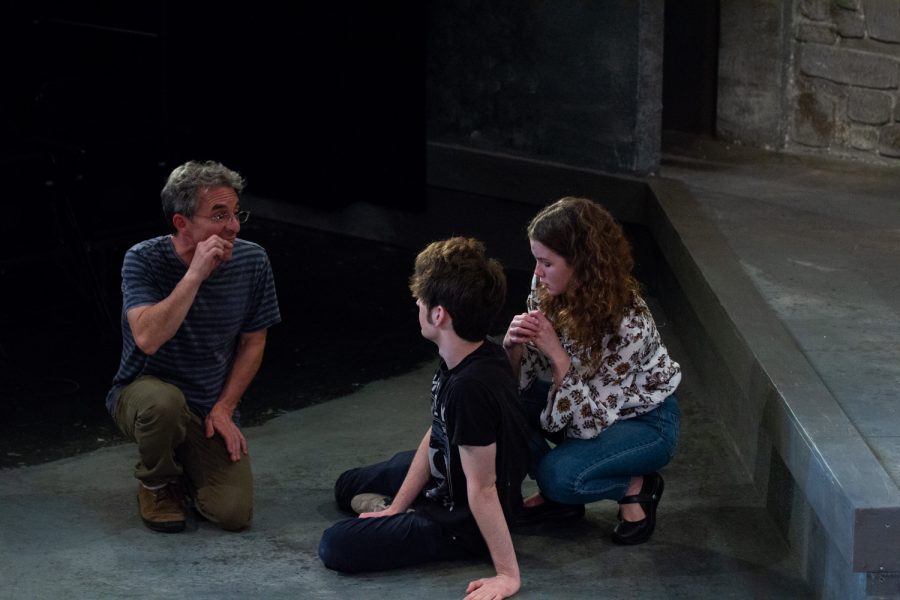
It’s 7 p.m. on Tuesday, Jan. 25. Cordiner Hall quickly fills to its capacity as Whitman students, professors and Walla Walla residents of every age gather to watch and take in the unique experience known as the Banff Film Festival. The previews before the 11 adventure and nature films, ranging from five to 25 minutes in length, serve as indicators for what is to come: a night of gripping, entertaining, hilarious and adventurous stories that test both the sheer will of the human spirit and the physical body.
Though I enjoyed all of the films, as each one presented an originally thoughtful and creative story regarding nature and the nature of our abilities as humans, some films fulfilled their objectives better than others. However, it is important to note that the cinematography was a strong point throughout every film, as the purity and raw power of nature seems to lend itself to being captured on camera in a way that is unmatched by all else.
The series began with a particularly poignant, though short, film called “The Longest Way.” This short documents one man’s year-long journey on foot from Beijing to Urumqui. Though his feat was immense and commendable on its own, the true beauty and meaning found in this film comes from the way it was crafted. A series of photographs are shown in rapid succession, illustrating the physical changes undergone by this man: a shaved head and face are gradually overcome by shaggy hair. Since the physical manifestations of change do not compare to the clear mental and emotional changes the man underwent in making this journey, this film begs the question: are we the same person after a journey?
Another personal favorite was the film “Stones into Schools“, which chronicles Greg Mortenson’s (author of “Three Cups of Tea” and “Stones into Schools”) effort to bring educational opportunities to children in remote areas of Afghanistan. A touching and inspirational story designed to bring awareness to people who only hear one-sided reports on Afghanistan, this film was socially and politically relevant, while maintaining the heart that makes great films.
During the 12-minute film, the audience is introduced to a young boy who wants to go to school more than anything. Tragically, during the course of building the school, the boy loses his life after stepping on one of the many land mines still present in the area after numerous wars. This adds another level of depth to the film, as the boy’s father makes it his life mission to get rid of all of the land mines in the area to ensure that no one endures a similarly horrifying experience.
One of the clear audience favorites was a film called “The Swiss Machine.” This film follows one of the greatest, if not the greatest, climbers in the world Ueli Steck. The current man to beat in terms of speed climbing, this film captures the drive, endurance, skill and insanity necessary to ascend some of the world’s highest and most treacherous walls in record breaking time. This film was particularly successful in terms of engaging the audience: the tension was palpable as each person watched, wringing their sweaty palms when Ueli made a particularly difficult move or went tumbling 20 meters through the air, only to continue to climb.
The series, as a whole, was a testament to mankind’s creative, physical and mental abilities and a thoroughly worthwhile experience that I would recommend to anyone regardless of their love of adventure, the outdoors or travel.










